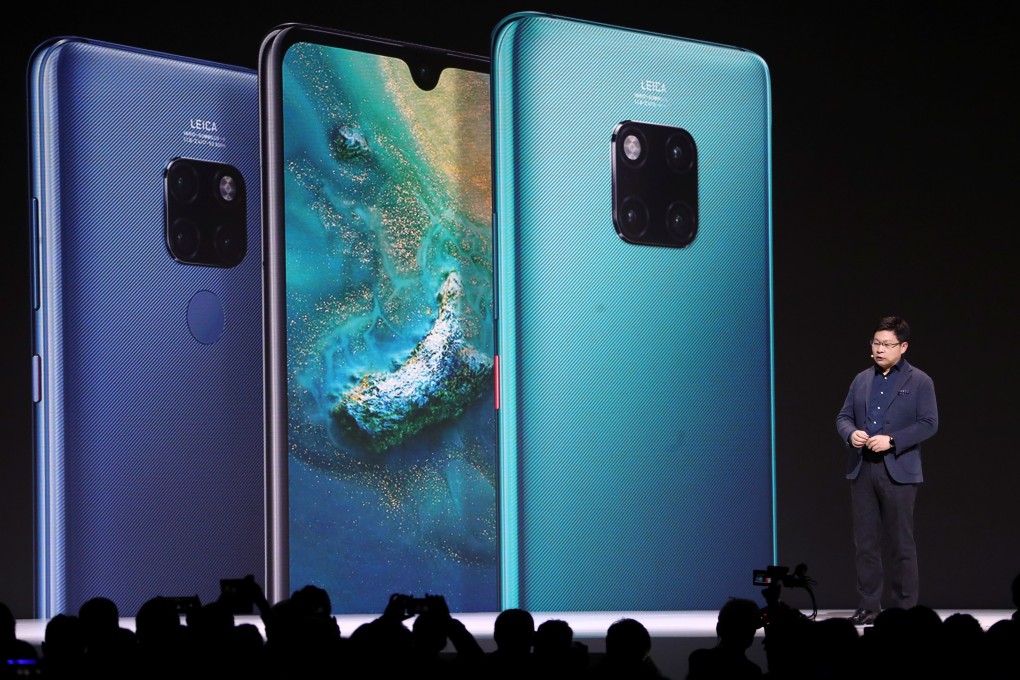Huawei smartphones could be less appealing to consumers without in-house Kirin chips that compete with Qualcomm and Apple
- Huawei’s Kirin chips make smartphones such as the P40 and upcoming Mate 40 top-performers in areas like photography
- Huawei can work closely with Chinese chip suppliers, but it will lose some key advantages, analysts say

For fans of Huawei’s flagship phones like the Mate 30 and P40, the company has some bad news: it’s running out of Kirin processors.
Richard Yu, president of Huawei’s consumer business, shared the news last Friday, and it’s set to have big implications for the company’s smartphone business. Kirin chips are what allow Huawei to keep up with the likes of Qualcomm and Apple.
The loss is the result of US sanctions that prevent Huawei from contracting with companies that use US technology unless they receive a government license. This means subsidiary HiSilicon is no longer able to use design software from American companies like Cadence Design Systems Inc or Synopsys Inc. And it can no longer get chips from its key supplier Taiwan Semiconductor Manufacturing Co (TSMC), which uses US equipment.
Huawei is one of the few smartphone brands that design its own mobile processors, with most relying on solutions provided by big chip makers such as Qualcomm. The ability has allowed Huawei to tailor their chips specifically to the need of its devices.
Counterpoint analyst Ethan Qi said the in-house chips have provided Huawei with high-performance processors to achieve breakthroughs in technologies such as wireless connection, AI computing and image processing.